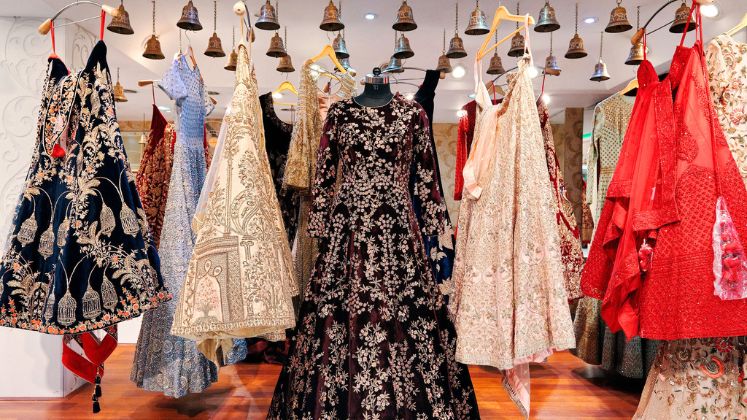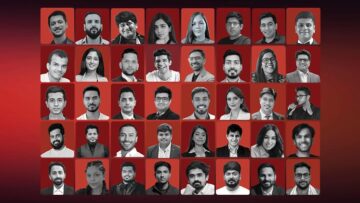
Unprecedented changes were seen in the wedding wear line of business towards early 2025; the lavish ways of spending have gradually given way to cautious budgeting by the customer and developing fashion choices. In the process, even so-called ‘A-List’ designers and ethnic wear companies have been affected.
Vedant Fashions Ltd., well-known for its Manyavar brand, saw a 4.5 per cent decline in same-store sales for the March quarter. Raymond Lifestyle reported an 11 per cent revenue drop, citing the dip to inflation-hit demand. Even luxury names such Sabyasachi’s sales growth eased to just 15 per cent, a stark contrast to the 56 per cent surge in the same quarter a year earlier.
“Sales fell short of expectations for a big fat season,” said Rahul Mehta, chief mentor at the Clothing Manufacturers Association of India (CMAI). “While couples getting married are still continuing to invest in aspirational looks, their extended families and guests are spending more carefully.”
This trend has more considerably affected brands serving wedding guests than those focusing on bridal or groom wear, as consumers progressively favor value-driven and minimalist fashion choices.
The shift is conspicuous in a country where the wedding industry is estimated at US $ $130 billion, with women’s wear accounting for nearly 75 per cent of celebration apparel sales, according to reports.






